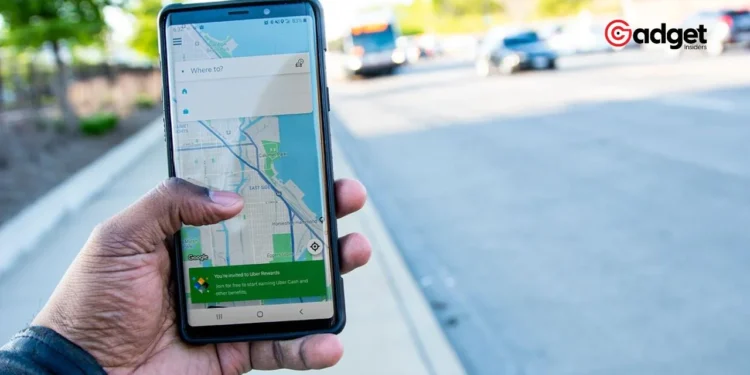In the bustling streets of major cities, the faces behind the wheels of Uber and Lyft cars share a common narrative—a struggle for adequate compensation through tips. Despite their significant role in facilitating urban mobility, ride-hailing drivers often find themselves at the mercy of an unforgiving tip economy. This contrasts sharply with their counterparts in the food delivery sector, who seem to navigate these financial waters with greater ease.
Chris Yandell, a dedicated Uber driver from Oklahoma City, embodies this disparity. At 35, Chris finds the economics of his job disheartening. “It’s a real struggle to pay rent,” he confesses to Business Insider, adding that despite the smiles and five-star ratings, tips are remarkably scarce.
His sentiment echoes a broader trend identified by Gridwise, a data analytics firm specializing in gig economy insights. Their analysis reveals that only about 28% of ride-hailing trips result in tips, a stark contrast to the 87% for food deliveries.
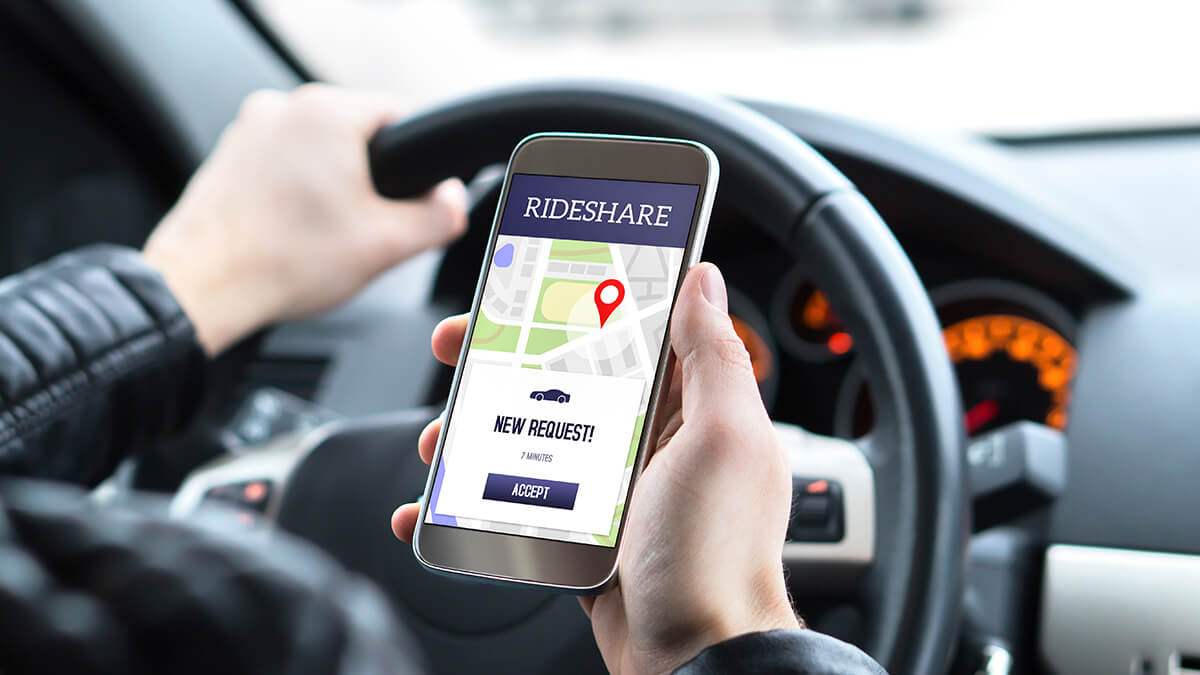
Why Do Delivery Drivers Earn More in Tips?
The reasons behind this tipping discrepancy are multifaceted in Uber. Carla Bevins, Associate Professor of Business Management at Carnegie Mellon University, points out the cultural foundations of tipping in America, which have traditionally favored food-related services over newer models like ridesharing.
“Rideshare services…do not have the same historical tipping expectation and are often viewed as more transactional,” she explains. The mechanics of digital transactions in ridesharing also diminish the social pressure to tip, which is typically more palpable in direct service interactions, such as those occurring in restaurants or upon food delivery.
Additionally, the economic landscape has been altered by inflation and a rise in ride prices, which further dissuades riders from leaving extra cash for their drivers.
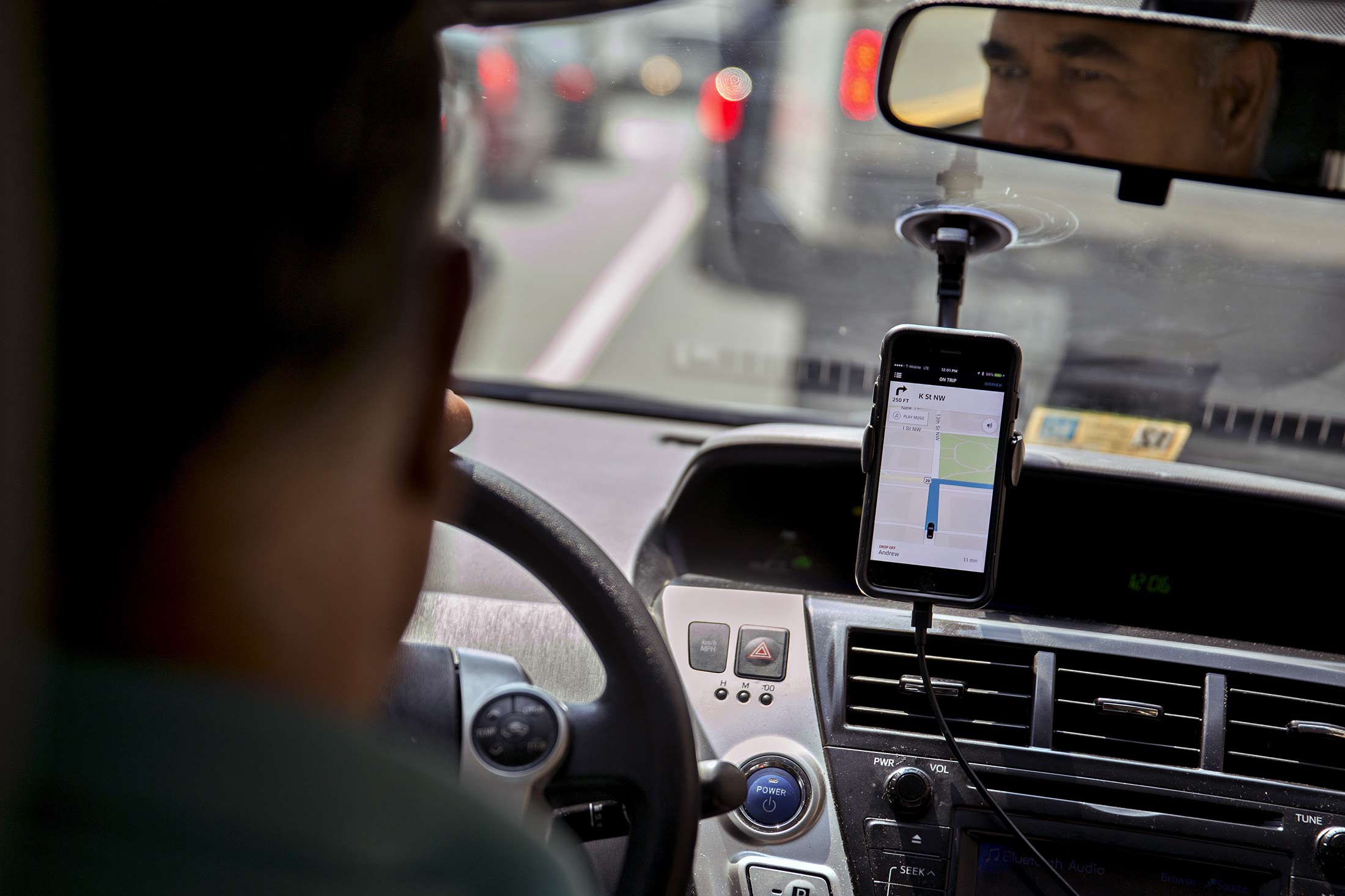
Uber: The Economic Realities of Ride-Hailing
For many drivers, the financial implications are significant. Uber and Lyft have indeed reported increases in both the frequency and average size of tips over recent years, but this has not necessarily translated into a livable wage for all.
Lyft’s data from mid-2023 suggests a median driver income of $31 per hour during engaged time, which includes a median tip of $2.41. However, this does not account for the hours drivers spend waiting for rides, which adds to their financial instability.
Steve, another driver who chose to remain anonymous, shared his frustration with the initial lack of a tipping feature in Uber’s platform. “It’s demoralizing,” he admits, revealing the psychological toll of his profession. The introduction of in-app tipping has made little difference to his daily earnings, which often fall short of his needs, pushing him to consider alternative careers.
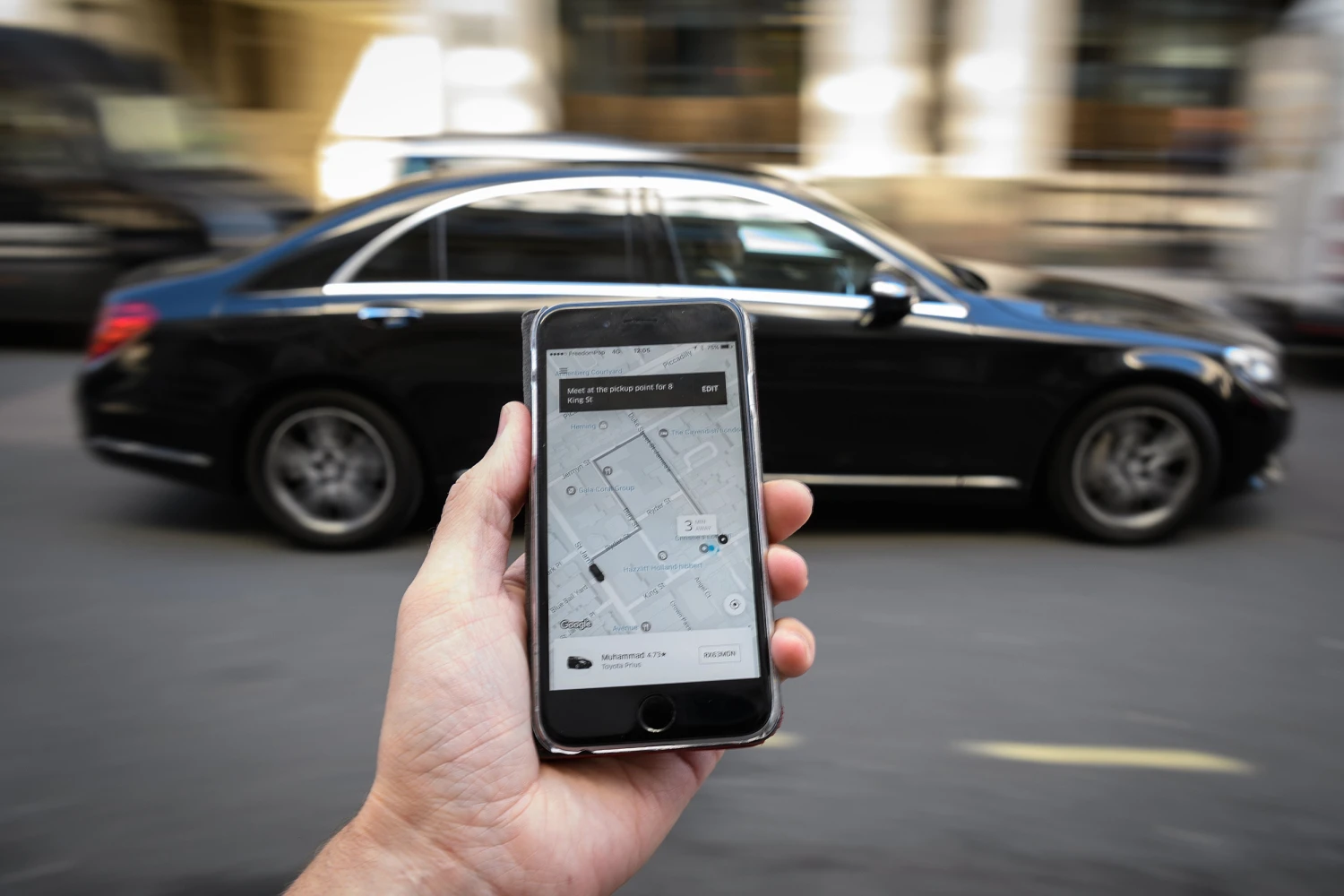
What Can Be Done?
Experts suggest that ride-hailing companies can play a pivotal role in enhancing tipping practices. Simple changes, like setting standard tipping amounts and improving the visibility of tipping options in the apps, could encourage more generous passenger behavior.
Erin Hatton, a sociology professor at the University of Buffalo, recommends that companies remind passengers that “100% of your tip goes to your driver,” which could foster a greater appreciation of drivers’ dependence on tips.
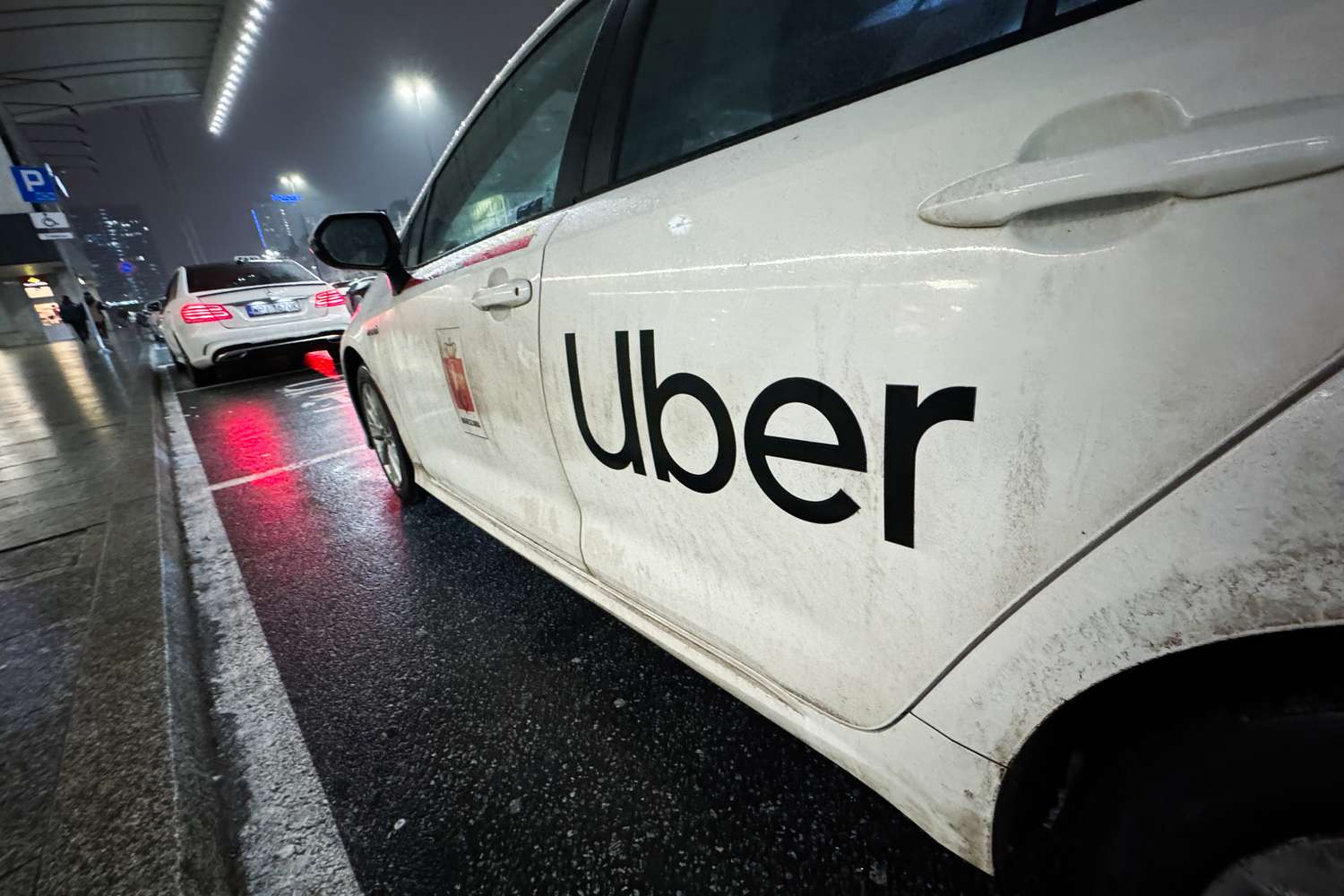
In the meantime, drivers like Chris Yandell continue to navigate the challenging economic waters of the gig economy, relying on the sporadic generosity of passengers to make ends meet.
As the debate over fair compensation in the gig economy rages on, the tipping habits of Americans may need to undergo a significant shift to ensure that all service providers are adequately rewarded for their essential contributions to daily life.

